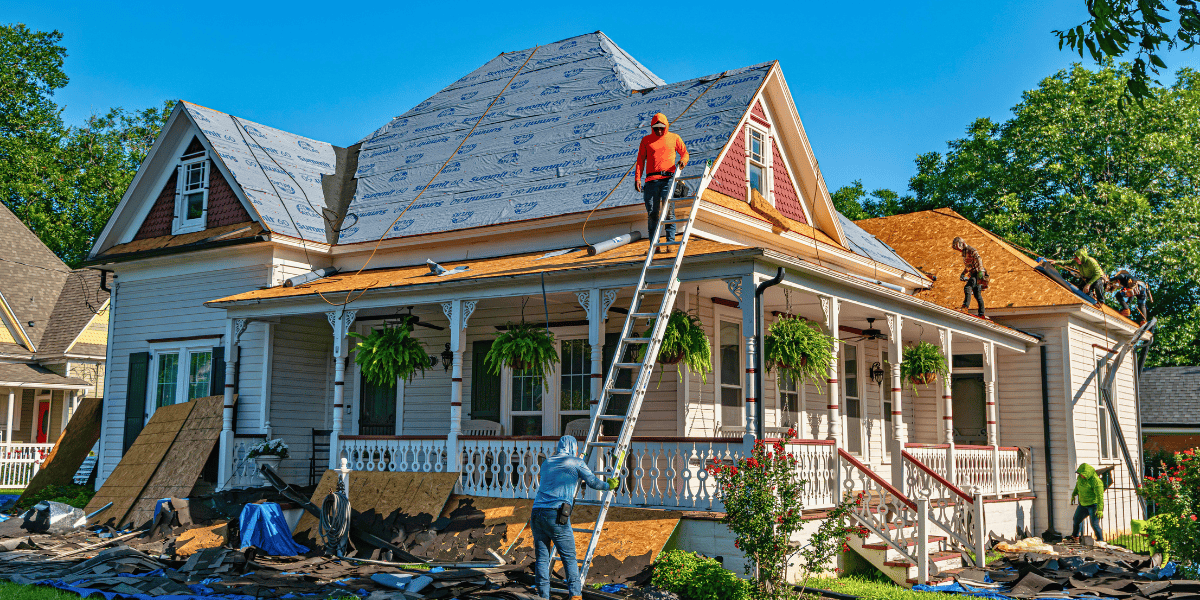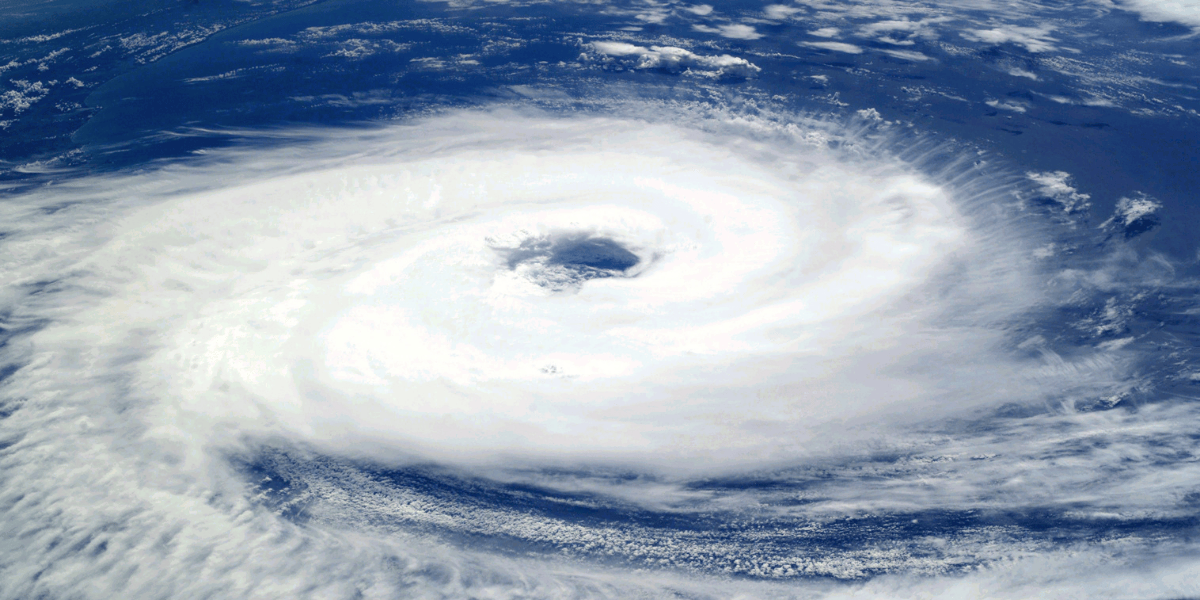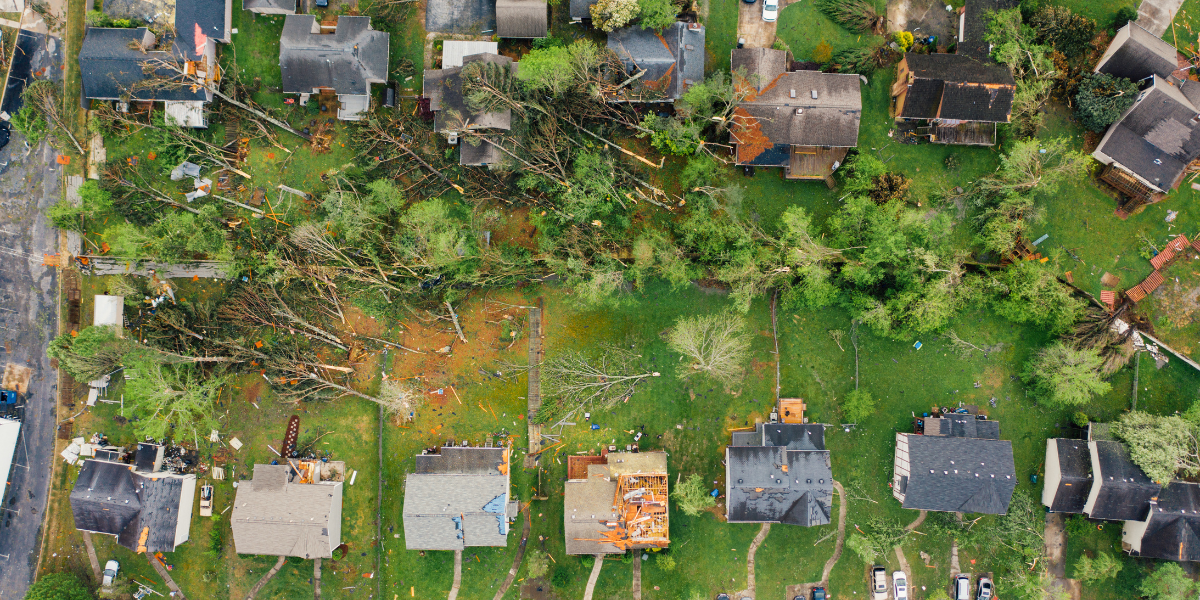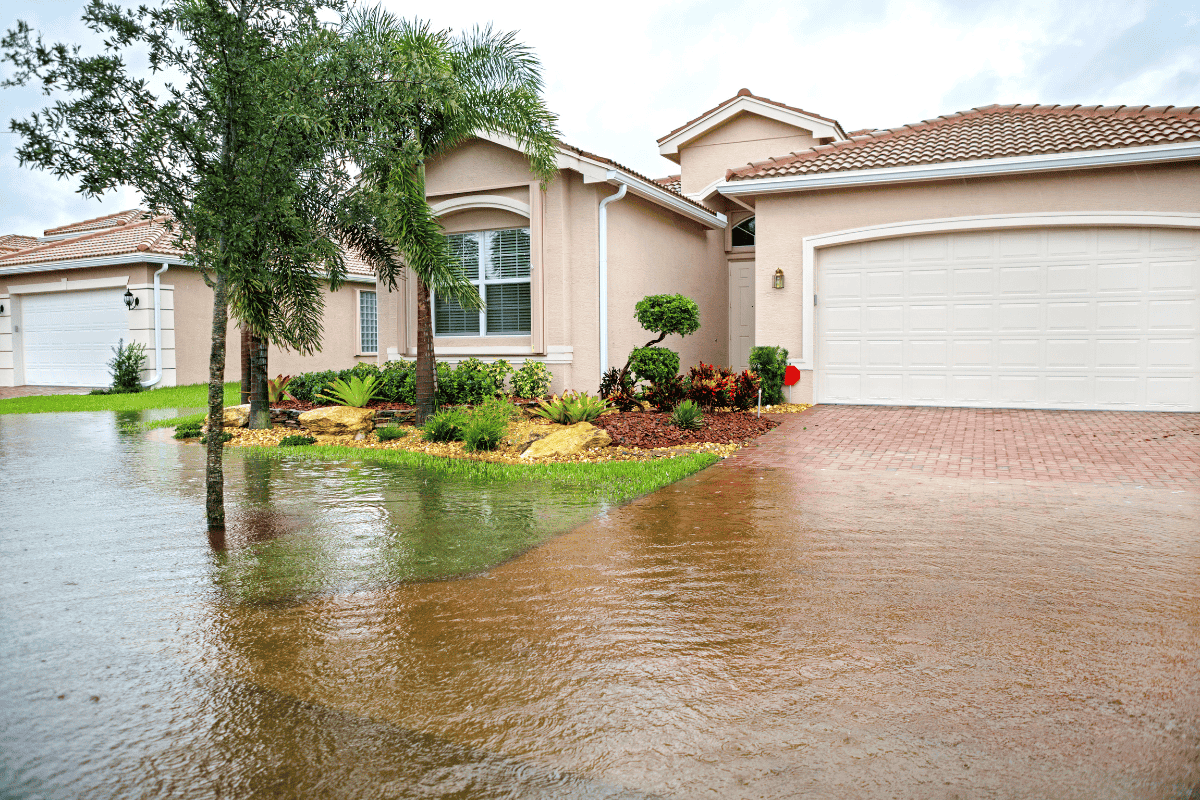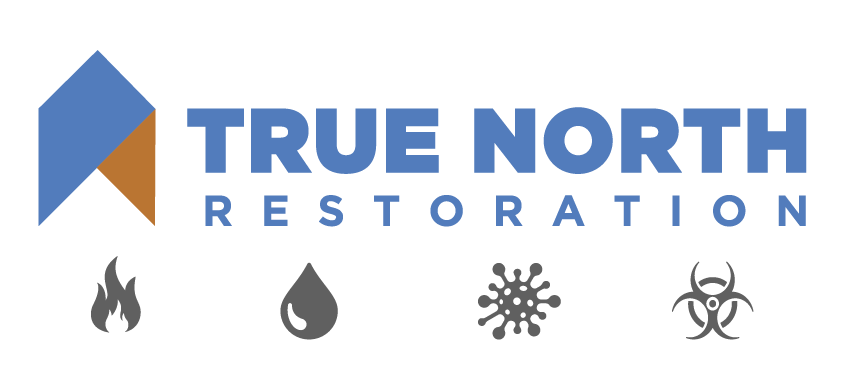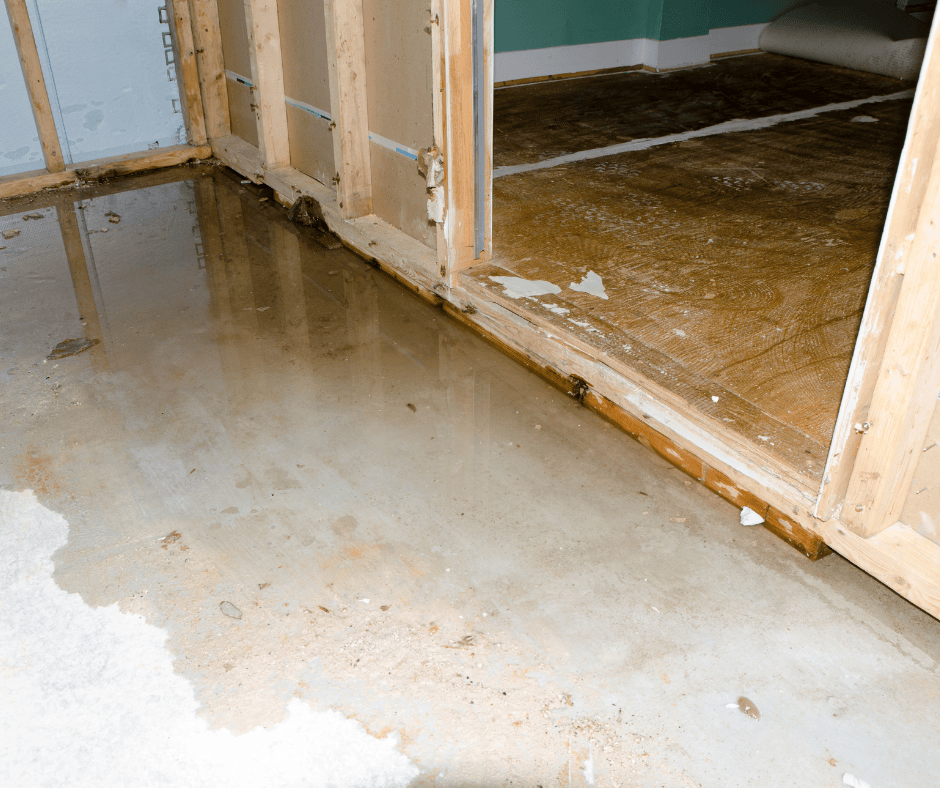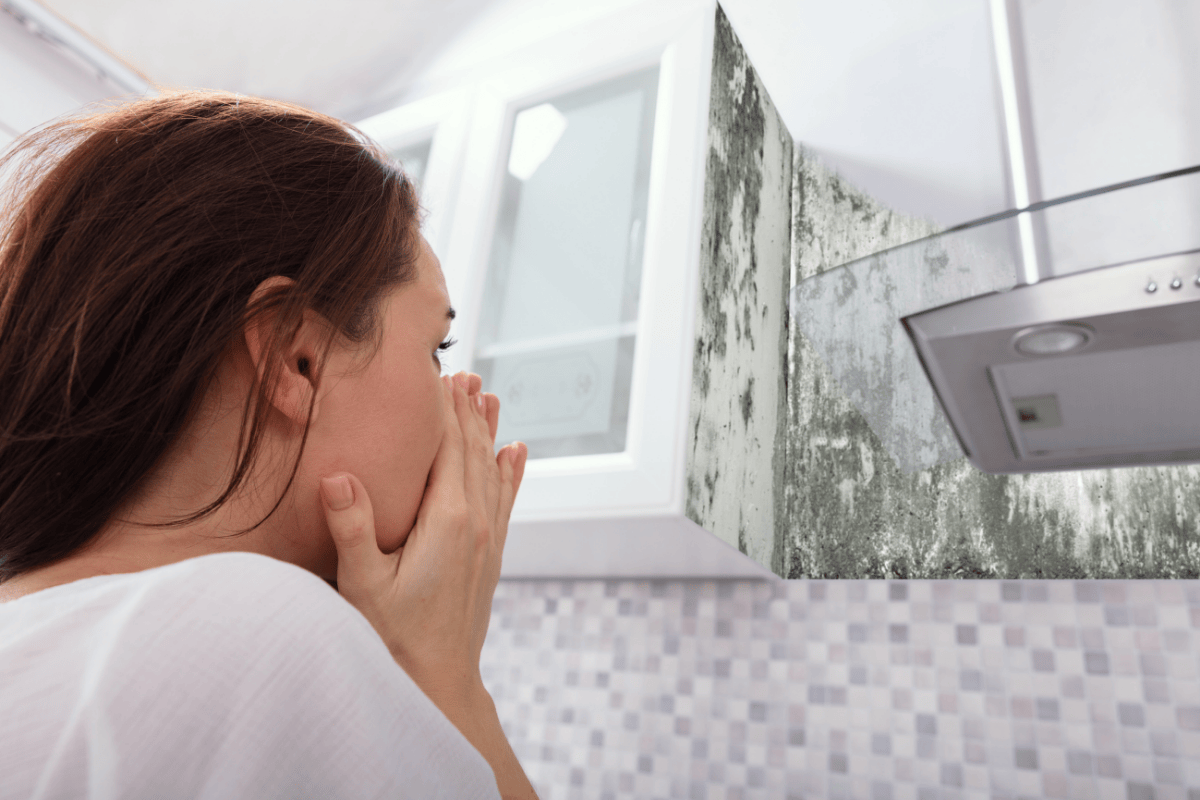Types Of Water Damage: Identifying Your Problem In Fort Walton Beach
Not all types of water damage are created equally. The different types of water damage require different steps.
You may think that water is just water, and it is all the same when your home in Fort Walton Beach has water damage. However, did you know that there are actually three different types of water that can damage your home? This means that not all water damage instances are the same, and, in fact, require different actions based on the type of water you are dealing with. We are going to walk you through the different types of water, how you can identify them, and how water damage restoration can help with each one.
Types of Water Damage
Clean Water
This type of water comes from sources like broken water supply lines, faucets, and overflowing sinks or bathtubs – all of which are considered clean sources. Clean water poses no immediate health threat, but it can degrade into gray water or black water if water damage restoration does not begin right away.
Gray Water
Gray water is slightly contaminated water that may come from sources like washing machines, dishwashers, and showers. Gray water may contain some chemicals, grease, and dirt (just to name a few). While it is not as dangerous as black water, it can still cause discomfort or sickness if ingested.
Black Water
This is the most dangerous type of water damage because it is highly contaminated water. Black water often contains sewage, bacteria, fungi, and other microbes and it can come from sources like sewage backups, toilet overflows, and flooding from rivers or streams.
How to Identify Types of Water Damage
Identifying which type of water you are dealing with is very important for proper cleanup and water damage restoration. Some ways you can identify which type of water you are dealing with are:
- Color and Odor: Clean water is usually clear and odorless, while gray water may appear cloudy and have a slight smell. Black water is typically dark (hence the name) and has a strong, foul odor.
- Source of Water: Knowing where the water is coming from or where it came from can help identify what type it is. For example, clean water may come from a broken pipe (or any source that is considered ‘clean’), while black water may come from a sewage backup (or any source that is considered ‘dirty’).
- Level of Contamination: You can assess the level of contamination by identifying what the water has come into contact with. For instance, if water has passed through soil or sewage before entering your home, it is considered contaminated and, therefore, is black water.
- Testing: In some cases, you may need to conduct water testing to accurately determine its level of contamination. This is especially important if you do not know the source of the water or if the water damage is extensive.
- Call for Professional Water Damage Restoration: Trained professionals will be able to determine what type of water that is present in your home upon their initial assessment. Regardless of the type of water, professional water damage restoration is necessary to ensure thorough cleanup, minimize health risks, prevent secondary damage, and restore your home to a safe and habitable condition.
Water Damage Restoration - Fort Walton Beach
If you are uncertain about the type of water damage you are dealing with, it is best to err on the side of caution and stay out of the affected area until professional help arrives. For water damage restoration in Fort Walton Beach, trust the professionals at True North Restoration of NW Florida.


